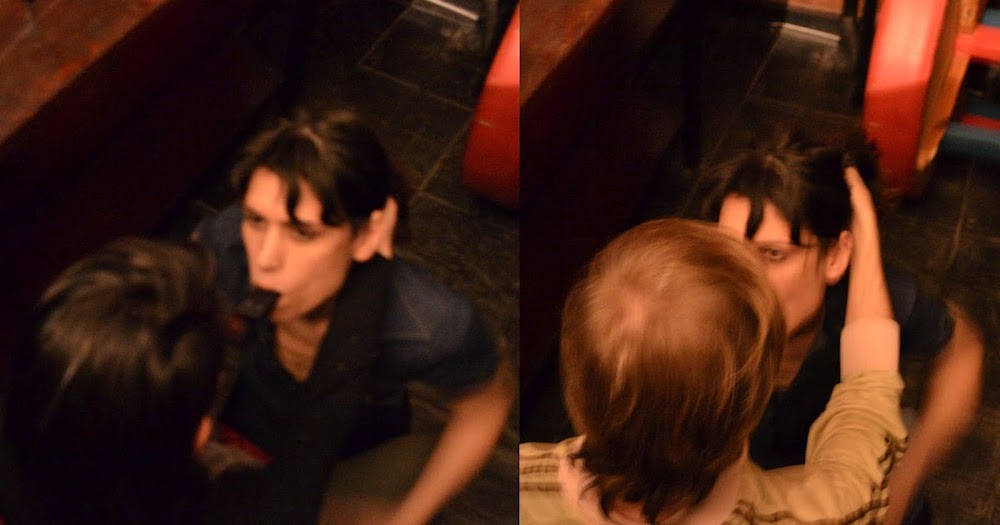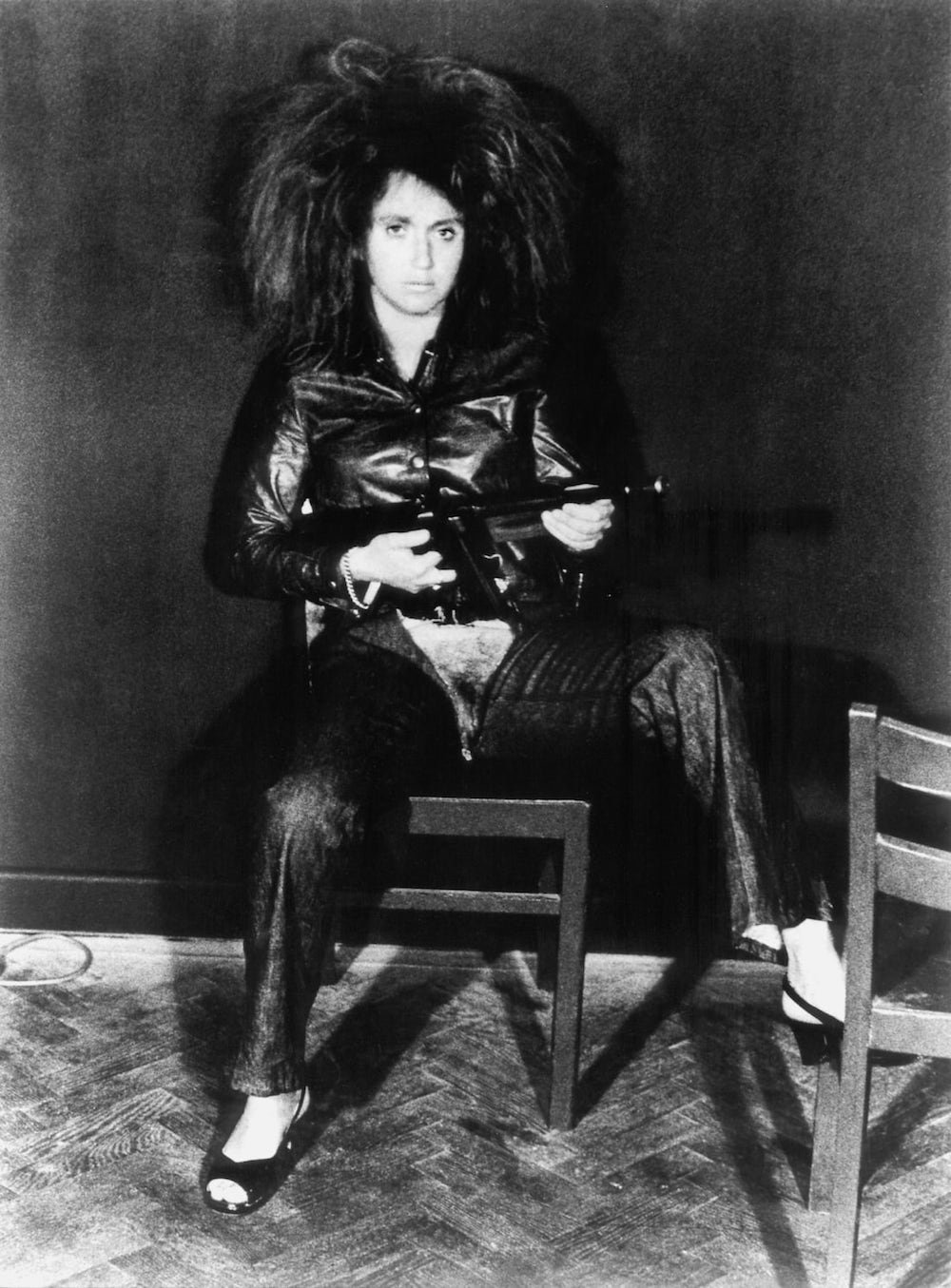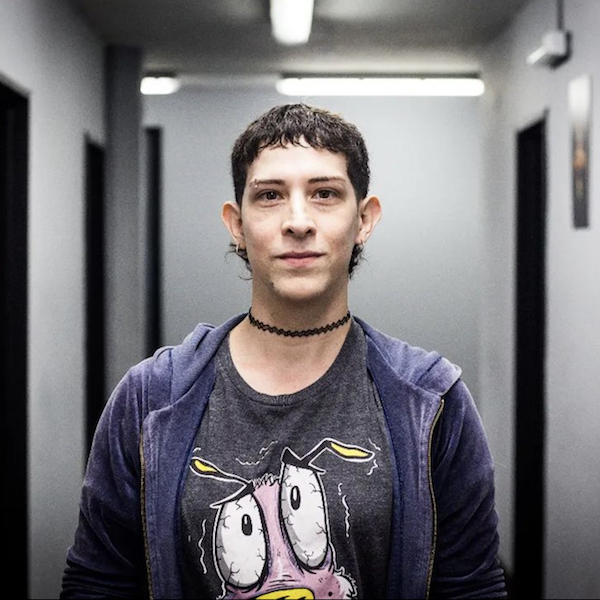Search
To search for an exact match, type the word or phrase you want in quotation marks.
A*DESK has been offering since 2002 contents about criticism and contemporary art. A*DESK has become consolidated thanks to all those who have believed in the project, all those who have followed us, debating, participating and collaborating. Many people have collaborated with A*DESK, and continue to do so. Their efforts, knowledge and belief in the project are what make it grow internationally. At A*DESK we have also generated work for over one hundred professionals in culture, from small collaborations with reviews and classes, to more prolonged and intense collaborations.
At A*DESK we believe in the need for free and universal access to culture and knowledge. We want to carry on being independent, remaining open to more ideas and opinions. If you believe in A*DESK, we need your backing to be able to continue. You can now participate in the project by supporting it. You can choose how much you want to contribute to the project.
You can decide how much you want to bring to the project.

It is important to mention that Effy Beth’s legacy is not limited to performance, as her influence expands towards a new form of critical understanding and action in art and everyday life. Her work raises a fundamental question: how can we not only communicate ideas more effectively, but also incite a semantic and authentic change that motivates people towards greater empathy and social action against the injustices and inequalities that persist in our society? How can we challenge prejudices around machismo and transphobia?
Effy Beth’s work was characterized by a deep exploration of these subjects, in which we can think of metaphor as a common, significant theme in her performances. The artist used Nietzsche’s ideas about the creation of realities with metaphors, as well as the conceptual explorations of Lakoff and Johnson [1]Lakoff, G., and Johnson, M. (1980). Metaphors We Live By. University of Chicago Press., which deal with how metaphors largely determine our everyday sensory experiences and the way we perceive the world around us. If our understanding of reality is determined by the metaphors that traverse and structure society, then we can use metaphor not only as a linguistic resource, but as a meaning in itself that can be challenged by artistic representations that give rise to a transgression of socially established meanings.

Effy Beth. (2012). Effy Offers Oral Sex [Photograph]. [In https://effyofrece.blogspot.com/2012/09/effy-ofrece-sexo-oral.html]
In “Effy Offers Oral Sex,” she presented an experience that transcended mere representation and expectation, becoming a visceral and profound interaction that challenged the limits of the body and intimacy with the audience present.
The performance consisted of entering a space where each individual in the audience was given a voucher that could be exchanged for “oral sex.” In this way, it was a completely voluntary and consensual participation. Those who decided to use the voucher were led to a reserved, carefully prepared place, in which there was a chair and headphones. Each participant would sit on the chair and put on the listening devices, while Effy approached and knelt at their feet in a gesture loaded with symbolism. She held a small music device in her mouth, and at the same time as she simulated performing fellatio on the participant without ever interrupting eye contact, the participant listened throughout the experience to the audio of heartbreaking first-person accounts by victims of sexual abuse and violence. In this way, in a situation in which there was apparently only room for pleasure, Effy protested that the place of a sexual object is also the place of oppression and abuse. The intention of the performance was to show how the pleasure provided by a woman seen as an object is inseparable from the suffering caused by gender oppression. In a work that highlights oppression and violence, especially in women’s sexuality, the voluntary participation seemed ironic, since it was presented as a “choice” within a socially-conditioned system. Effy pointed to a reality in which eroticism, often conceived as a category of liberation, is closely linked to patterns of gender violence, where the metaphor becomes evident in the difficulty of separating pleasure from suffering.
The second performance by Effy Beth that I am interested in is different than the first. This one was performed in a public space, which made it difficult for spectators not to participate, at least from an observational point of view. The boundaries between the private and the public were blurred, revealing how Effy Beth’s art is not limited to an intimate space but instead overflows into the public sphere where people cannot avoid being challenged by the act. Furthermore, in a context where her artistic practice is deeply intertwined with her activism, the act cannot be seen separately from her identity and personal life. Therefore, this performance, unlike the previous one, lacks a clear title, as it is not simply an artwork but also a political intervention that destabilizes the concept of “art” by transcending the boundaries between the personal, the political and the artistic.
The performance in question was a trans version of the Austrian artist Valie Export’s work entitled “Genital Panic.” In the original, Export sat on a chair with a machine gun in her hands while her pants were open at the groin so that her vulva remained exposed to the public’s gaze. In Effy’s version, instead of “female” genitals it was her transgender genitals, and instead of a gun she carried a large pair of gardening shears. This gesture introduced a fundamental difference, as the types of violence represented were different. While in Valie Export’s work the gun is presented as a tool of protection, suggesting that violence can be used as a defense, in Effy’s case the scissors were presented as a threat, an act of self-mutilation. This changed the rhetoric of violence, focusing it not on defense but on showing the threatening nature of not getting rid of what is considered “unnecessary” or “non-conforming” to social expectations of femininity. The act of carrying the shears was not only a symbolic gesture of power, but a statement against the norms that impose expectations on the trans body. The shears represented the possibility of transformation without return, and at the same time a way of resisting structural violence by redefining one’s own identity.

Export, Valie. Aktionshose: Genital Panik (1969), photograph by Peter Hassmann. The Museum of Modern Art, New York. © 2024 VALIE EXPORT / Artists Rights Society (ARS), New York / VBK, Austria.
It is no coincidence that this performance took place the same year that the National Law 26.743 on Gender Identity was passed, an important step for the transvestite-trans collective, as it helped to de-pathologize dissident identities and promote rights for the collective.
It is important to mention that Effy Beth’s legacy is not limited to performance itself. Effy Beth’s influence extends to a new form of understanding and critical action in art and everyday life. Metaphor was a fundamental resource in her artistic and social expression, being a powerful tool that provoked shock to established meanings that, on many occasions, may have been trapped in conventional narratives. Effy Beth, an Argentine-Israeli performance artist, was aware of these power and applied it in a provocative and visceral way with the aim of questioning the established meanings of femininity in a patriarchal system. Throughout her career, Effy used metaphor not only as an aesthetic tool, but also as an effective means to incite critical and profound reflections on fundamental issues such as violence, misogyny and the complex power relations that influence contemporary society.
[Featured Image: Nora Lezano, Effy Beth for Revista Anfibia. at https://www.revistaanfibia.com]
| ↑1 | Lakoff, G., and Johnson, M. (1980). Metaphors We Live By. University of Chicago Press. |
|---|

Narella Catania has a degree in Psychology from the University of Buenos Aires. She practices psychoanalysis and is dedicated to researching the intersection between politics, science and clinical practice. She is the creator of the Instagram page @psicoanalistasrancios and co-creator of @divanesendevenir.
"A desk is a dangerous place from which to watch the world" (John Le Carré)